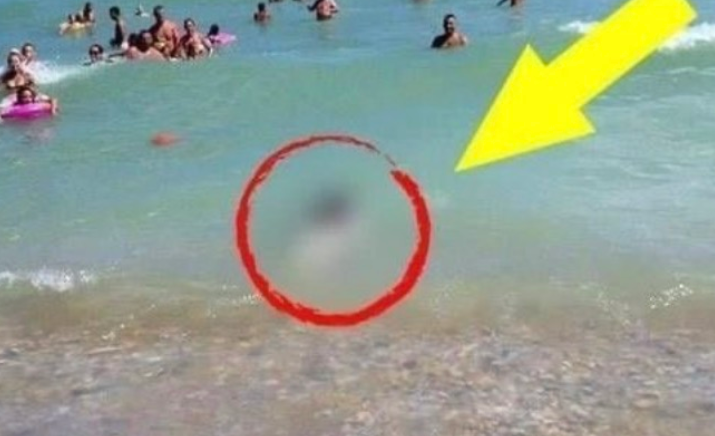The sight that emerged from the depths of the sea left spectators astonished. Along the Romanian coastline, tourists were taken aback by an unexpected encounter with a wounded dolphin brought in by the rolling waves.
Efforts were made to pull the dolphin out of the water in an attempt to rescue it, yet tragically, its fate was sealed. Experts identified the mammal as a member of the Delphinus Delphis species.
Upon examination, the dolphin displayed multiple wounds across its body, likely inflicted by fishing nets.
Within the Black Sea, three distinct species of marine mammals thrive:
- Common dolphin (Delphinus delphis ponticus)

- Bottlenose dolphin (Tursiops truncatus ponticus)

- Harbor porpoise (Phocoena phocoena relicta)

These Black Sea inhabitants vary not only in their morpho-anatomical traits but also in their primary dietary sources. While the bottlenose dolphin and harbor porpoise predominantly feed on fish and benthic organisms, the common dolphin’s diet encompasses fish and other organisms present in the water column.
These distinctions lead to specific habitat preferences for each species: the former two are commonly sighted in coastal areas, whereas the common dolphin tends to inhabit offshore zones.
The common dolphin exhibits a bluish-gray to brown hue on its dorsal side, with a faint V-shaped lateral boundary. A pigmented band, varying in intensity, links the lower jaw to the insertion of the pectoral fins. Their dorsal, pectoral, and caudal fins exhibit shades ranging from black to gray-brown.
At birth, their size measures approximately 0.80-0.95 meters. In the Black Sea, their length doesn’t surpass 2 meters (males – 177 cm, females – 159 cm). They are highly susceptible to chemical and acoustic pollutants. Normally, they gather in groups of 10-15 individuals or in pairs and solitary sightings. These dolphins are swift swimmers, reaching speeds of about 50 km/h. They execute brief dives and frequently surface for breaths, with intervals of 1/3 seconds. Their habitat extends to depths of up to 70 meters.
Sexual maturity is attained around 2 years of age, with a gestation period lasting 10 months and weaning occurring at 4 months. They display highly developed maternal instincts. Estimated lifespan ranges from 25-30 years. Their primary diet includes small pelagic fish (such as sprat, anchovy, and gobies) and crustaceans, although their stomach contents often reveal horse mackerel, cod, bluefish, red mullet, sea bass, shrimp, and mollusks. They consume approximately 10 kg of food daily.
